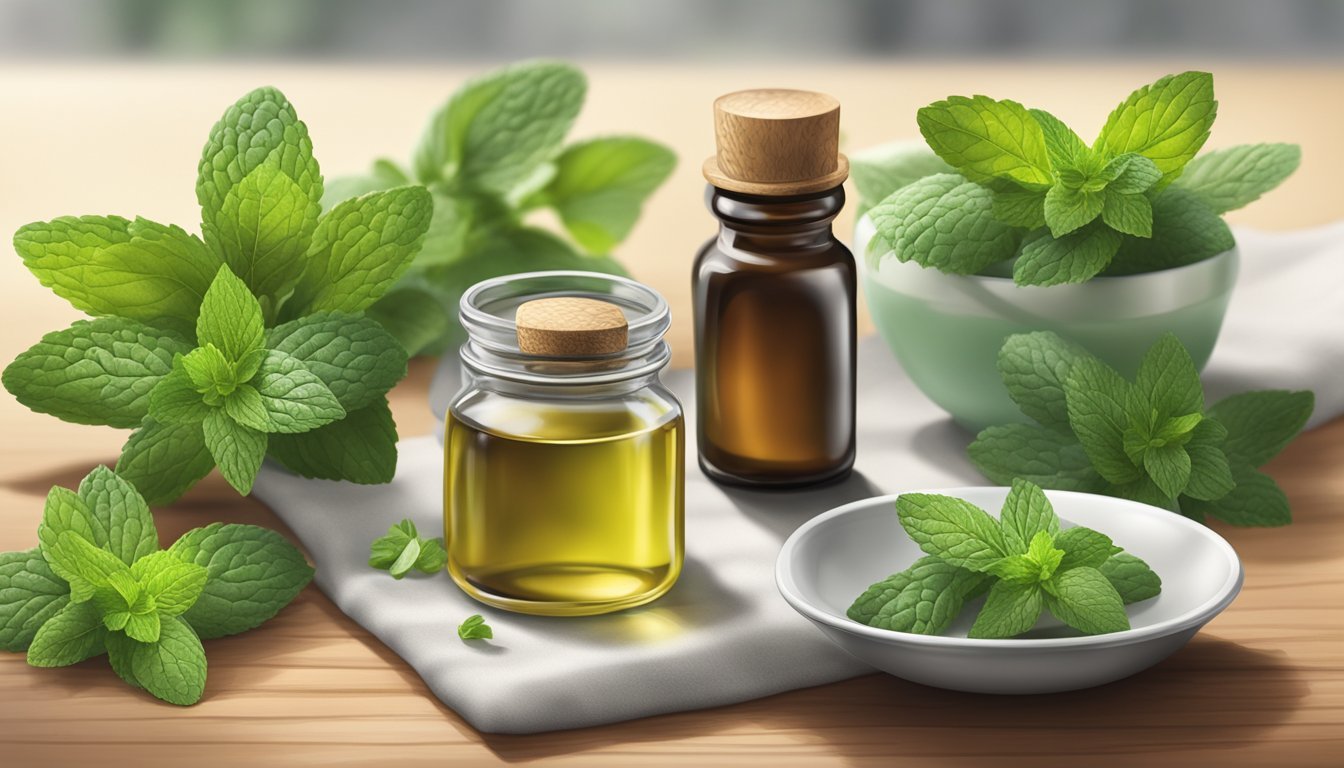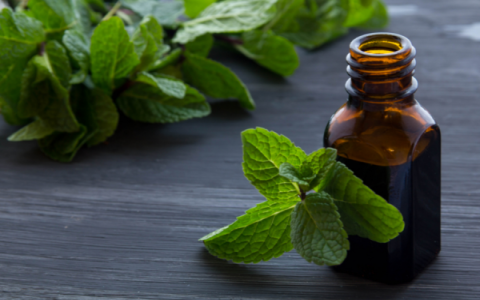Can I Substitute Mint Extract for Peppermint Extract? Exploring Your Options
When you’re in the kitchen, halfway through preparing a delicious mint-flavored recipe, only to find yourself without peppermint extract, a moment of panic might set in. The thought arises—can you substitute mint extract for peppermint extract? Understanding the differences and similarities between these two extracts can save your culinary creation. Let’s dive into the world of extracts to see when a swap might work or what adjustments may be necessary.
Understanding Mint and Peppermint Extracts

Mint extract and peppermint extract are both derived from the mint family but come from different plants, leading to distinct flavors and aromatic profiles. Mint extract typically harnesses the essence of spearmint, offering a subtle, sweet, and slightly grassy flavor. Peppermint extract, on the other hand, is derived from the peppermint plant, a hybrid of watermint and spearmint, delivering a much sharper, cooling, and more potent taste thanks to its higher menthol content. This fundamental difference in taste is key when considering a substitution.
When Substituting is Appropriate
Before deciding to substitute mint extract for peppermint extract, consider the desired flavor outcome of your dish. In most recipes where peppermint extract is called for, such as holiday cookies, chocolates, or drinks, the minty punch is intended to be bold. If you’re aiming for a more muted hint of mint, swapping with mint extract could be suitable. However, it’s important to remember that the flavor will be less pronounced and may alter the intended taste profile.
In sweet recipes, you might find that mint extract can offer a refreshing element, providing a unique twist while maintaining an overall minty essence. For savory dishes or those requiring precise minty notes, such as sauces or glazes, test the waters by using half the suggested amount of peppermint extract when substituting with mint extract. This conservative approach will prevent the dish from being overwhelmed.
Tips for Making the Switch
When opting for a swap, here are some best practices to keep in mind:
-
Start with Smaller Quantities: Begin by adding a smaller amount of mint extract than the peppermint extract called for in the recipe. Gradually adjust, tasting as you go, to reach the desired intensity.
-
Consider Complementary Flavors: Introduce complementary ingredients that amplify the mint character if you find the flavor lacking. Vanilla or a touch of lemon zest can harmonize beautifully with mint’s soft notes.

-
Understand the Context: Consider the other ingredients in your recipe. A dessert with strong chocolate or coffee flavors may mask the subtlety of mint extract, whereas a lighter vanilla base might allow it to shine.
Creative Culinary Exploration
Substituting mint extract for peppermint can also be an opportunity for creativity. Experiment with combining multiple extracts to achieve your personal flavor balance. Some cooks enjoy blending mint and vanilla extracts for a softer, more complex profile, or mixing in a couple of drops of almond extract for depth. By approaching this substitution as a flavor exploration, you could unlock new and delightful culinary possibilities.
Ultimately, whether you decide to substitute mint extract for peppermint extract depends on the role of mint flavor in your recipe. For those who enjoy experimenting in the kitchen, adjusting extract types can be a path to discovering new tastes and aromas. Just remember, taste is subjective, and flexibility in the kitchen often leads to delightful surprises. Adjust, taste, and tailor your dishes to your preference for the best culinary outcome.













